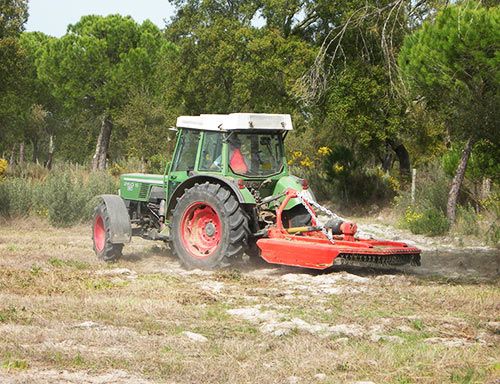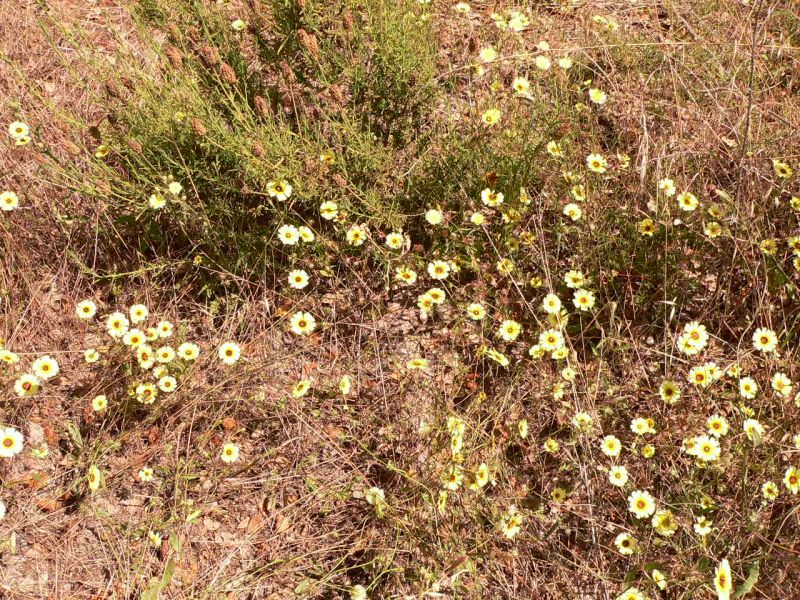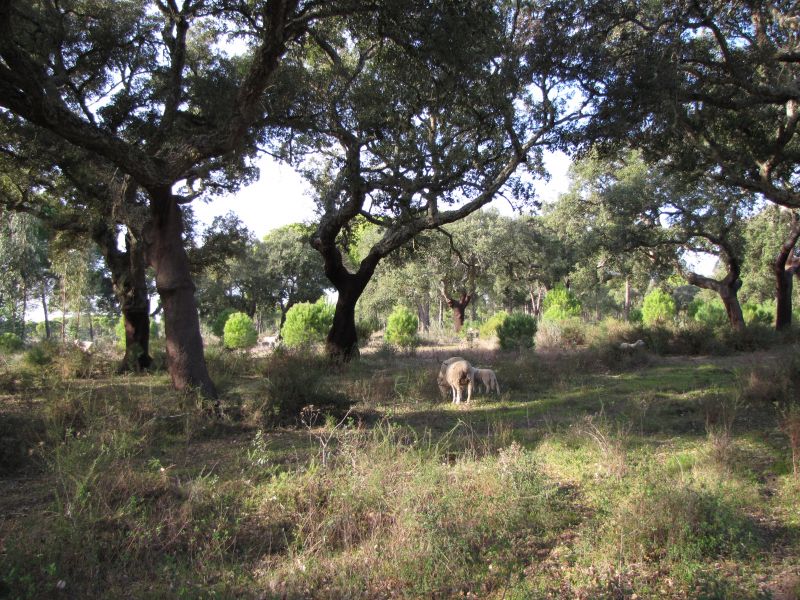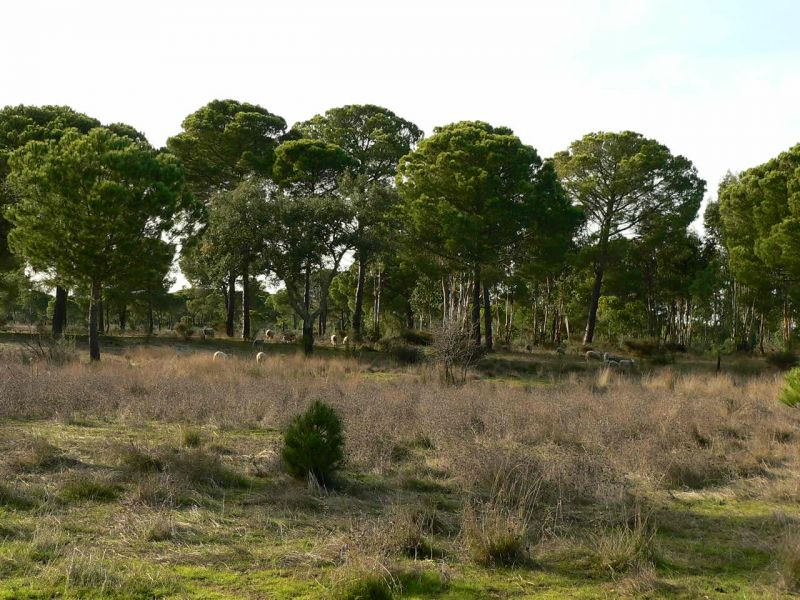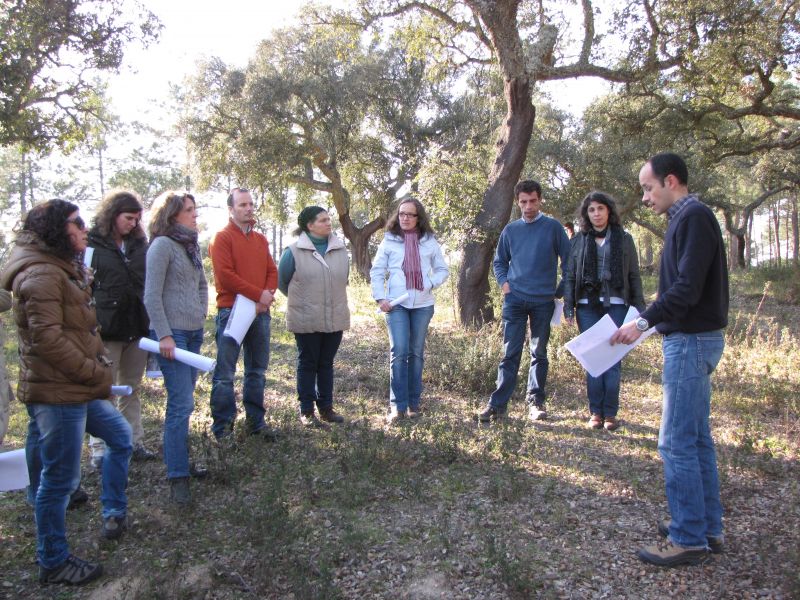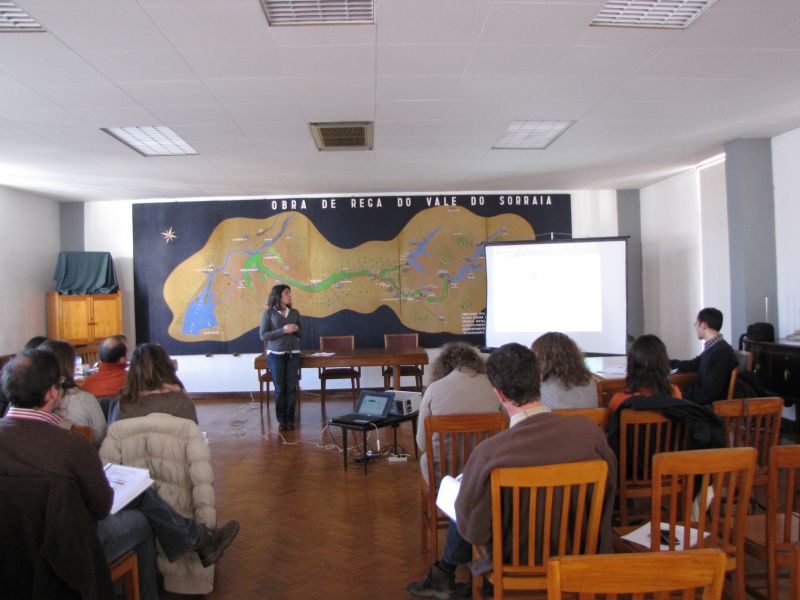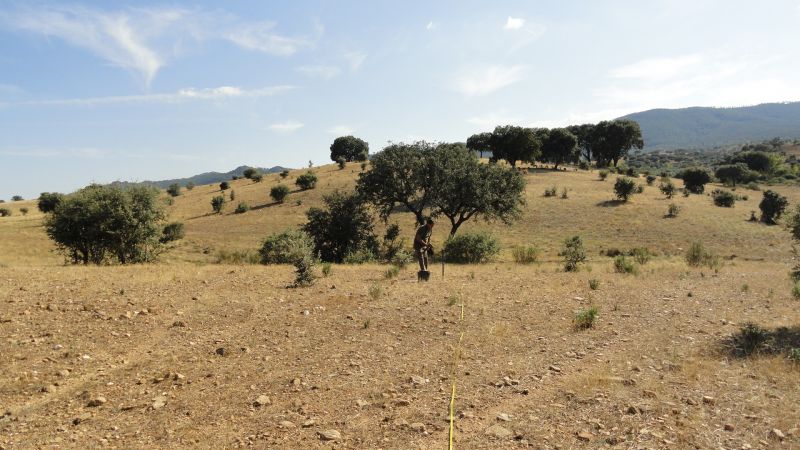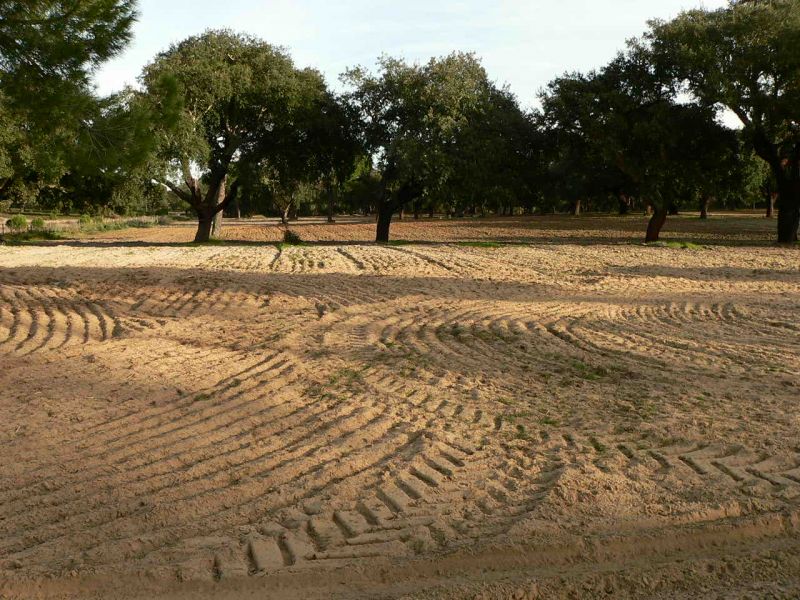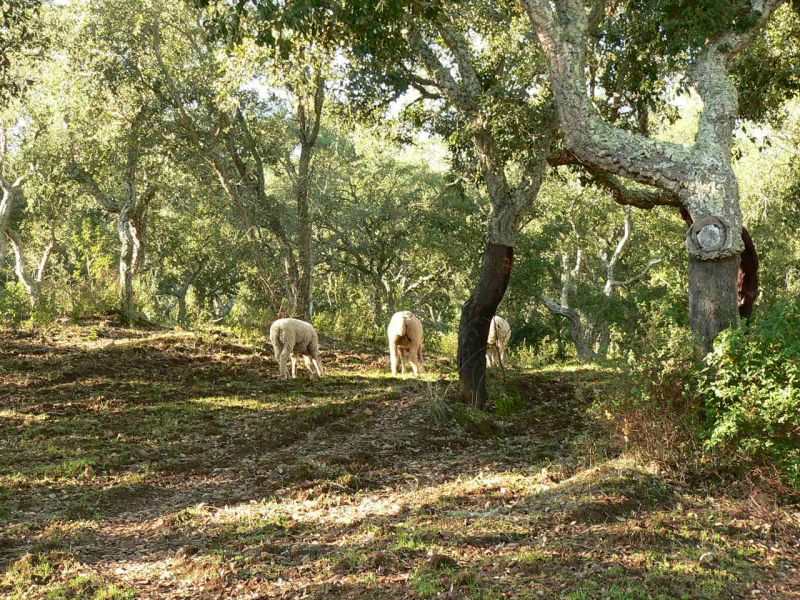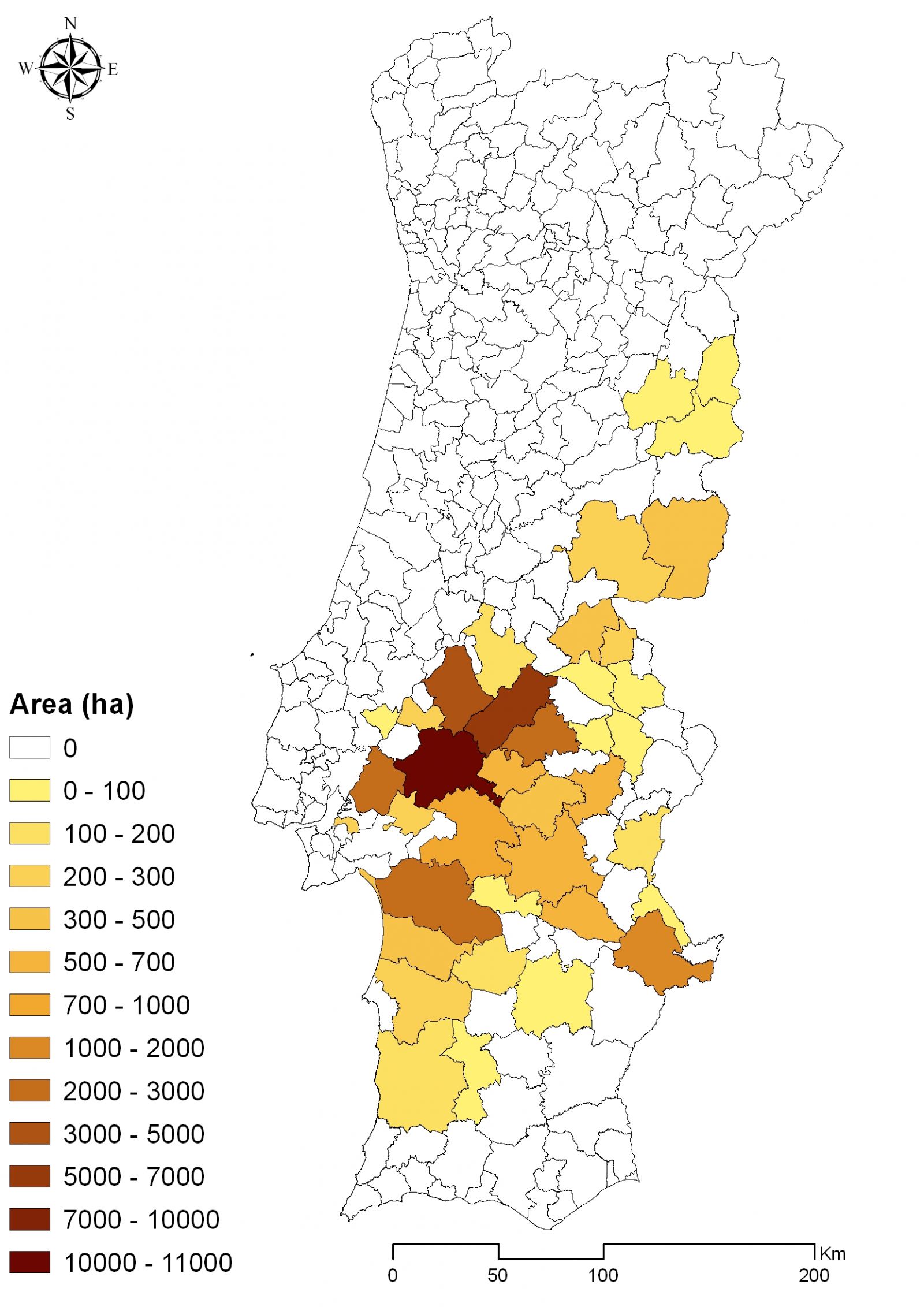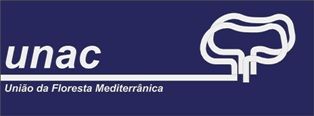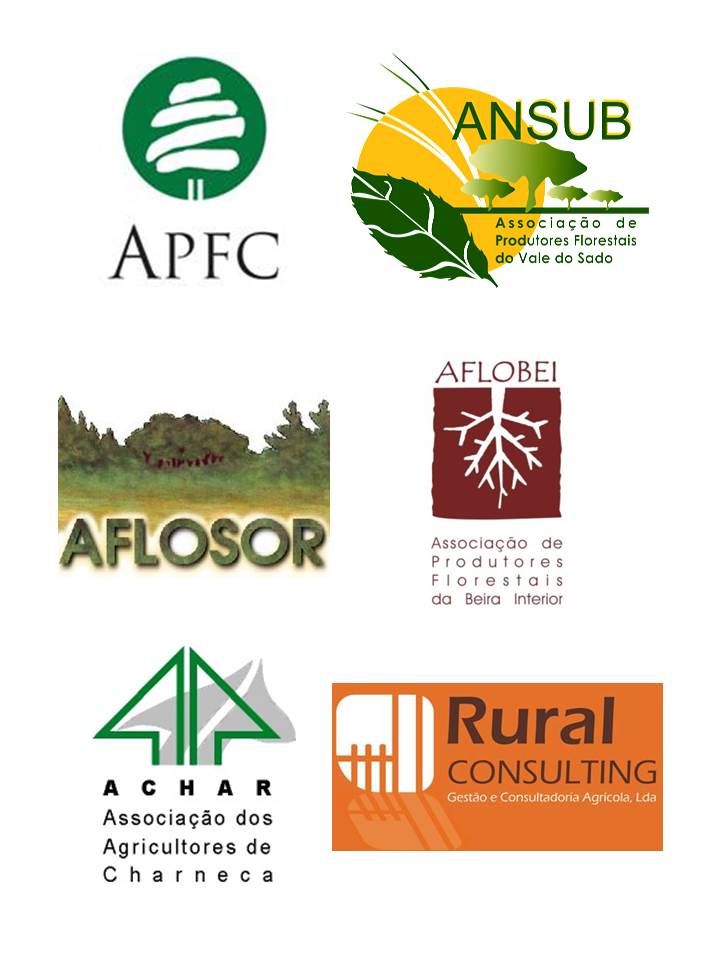Shrub Control
This is a project, which already has a membership of 400 farmers. They made a commitment to change the method of controlling invasive shrubs on 80,000 hectares of agroforestry land, thus promoting carbon sequestration in soil.
The project aims at woodland and forest zones dominated by the montado (dehesa) pastoral system, stone pine and Pyrenean oak regularly subjected to clearing campaigns. The aim is to promote soil protection through carbon sequestration compensation provided by altering the mechanical control system on the land.
In the area of project implementation, cutting the scrub is usually done every 4-5 years using a harrow, which involves turning the soil. This operation is destructive to the soil, causing the mineralization of organic matter that has since accumulated. The project encourages the adoption of shredders, which work only on the surface, without negative impact on the soil and promoting the accumulation of organic matter. This generates additional environmental and agronomic benefits to soil, promoting soil protection, combating erosion and improving water regulation.
The project runs from January 2011 to December 2014, and is implemented on the ground by farmers who are paid for each hectare cleared.
It was possible to participate with new areas until December 31, 2013.
In national forests and forest areas, it is usual to perform periodic monitoring of shrub vegetation, using methods such as harrowing, involving soil cultivation. These operations, which occur every 4 to 5 years, are destructive to the soil, causing the mineralisation of organic matter that has been accumulated during the period without intervention. In contrast, the control of weeds with shredders and chippers implies action on the surface, without negative consequences for the soil.
Not turning the soil has beneficial environmental and agronomic effects, while promoting soil protection, combatting erosion and improving water regulation. In addition, it reduces the incidence of damage to the roots of the trees, which in the case of the Montado managed pastures is of particular importance. The results of a project conducted by the University of Évora, AGROREG, indicated that most tree roots are in the first 30 cm of soil and therefore are destroyed by harrowing.
The Terraprima Project – Scrub Control 2011-2014 (controlo de matos) is supported by the Portuguese Carbon Fund, and aims to promote carbon sequestration by changing the mechanical control of the understory in forested areas. What is proposed is the replacement of harrowing with bush cutters and shredders, which act on the surface without adverse effects on the soil and promote carbon sequestration by encouraging the accumulation of organic matter.
Farmers who joined the project agree to use only non-destructive methods to control undergrowth in forested areas, in the period between January 1, 2011 and December 2014, and in return are paid for carbon sequestration until 2014. This agreement is made under a contract with the Terraprima.
Terraprima, responsible for interaction with the Portuguese Carbon Fund, will report carbon sequestration as the product between the area covered and monitored by the Project and a factor of sequestration per unit area, similar to the methodology used by the National Emissions Inventory (INERPA). The sequestration factor is the difference between the carbon sequestered in the areas under management with brush cutters and shredders and carbon sequestered in degraded areas.
The contractual period is from January 1, 2011 to December 31, 2014. Eligible farmers are those who during this period ensure the supervision of the woods with brush cutters and shredders, or those who used a harrow before the contract period and who intend to switch to one of the methods mentioned. Eligible areas are cork oak, holm oak, Pyrenean oak and stone pine in southern and central interior parts of the country.
Not eligible are areas where tilling was carried out from January 1, 2011.
After December 31, 2013 it is no longer possible to join the project.
Participating areas must be subject to regular monitoring of understory vegetation. Not included are areas where it is not possible to carry out monitoring for any reason associated with conservation or protection objectives.
Any farmer who joins the project with a particular area under forest cover must undertake to carry out control of the woods only using methods not harmful to soil (bush cutters and shredders). Therefore, harrowing is permitted.
There must be at least one clean up during the contract period, which runs from January 1, 2011 to December 31, 2014. There may be more in the same area, but only one clean up will be taking into consideration while calculating remuneration for the farmer. If the area is divided into separate sections, interventions can be made in different years during this period.
A participating farmer can undertake planned interventions in a given year if he sees fit, as long as Terraprima is informed after the last intervention in any year. The participant will then be visited by a technical project monitoring to check the area under study and the method used. The remuneration process cannot proceed without this verification.
The total area for intervention during the project period must be made known at the time of registration as well as the area for intervention in each year. This planning can be changed in 2013 and 2014 provided the technician carrying out the monitoring of the project is informed.
Based on an estimated participating area of 100,000 hectares, remuneration to farmers for carbon sequestration is €40/ha. Terraprima reserves the right to review payment depending on the total area where there is actually a change in method of controlling the undergrowth from harrow to bush cutter.
Only the first suitable farmers making up to a total of the desired 100,000 ha of the project will be remunerated.
The remuneration of the first 2 hectares is discounted, this value being used to cover the fixed costs of technical support.
The project is being carried out with the support of the Portuguese Carbon Fund and in partnership with the UNAC and its affiliated entities:
ACHAR: Associação de Agricultores da Charneca
Rua Direita de S. Pedro, 152
2140-098 Chamusca
Telefone: 249 760 041
Fax: 249 760 043
Email: charneca@achar.pt
AFLOBEI: Associação de Produtores Florestais da Beira Interior
Av. General Humberto Delgado, 57, 1º
6000-081 Castelo Branco
Telefone: 272 325 741
Fax: 272 325 782
Email: aflobei@netvisao.pt
AFLOSOR: Associação dos Produtores Florestais da Região de Ponte de Sôr
Zona Industrial de Ponte de Sôr, Rua E, Lt 79
7400-211 Ponte de Sôr
Telefone. 242 203 296
Fax: 242 203 296
Email: aflosor@sapo.pt
ANSUB: Associação de Produtores Florestais do Vale do Sado
Morada: Castelo de Arez, Barrozinha
Morada para Correspondência: Apartado
105 EC Alcácer do SAL
7580-909 Alcácer do Sal
Telefones:
P Silveira 913 636 309
JP Gomes 964 861 860
Fax: 265 610 363
Email: ansub@ansub.pt
APFC: Associação de Produtores Florestais do concelho de Coruche e limítrofes
Rua dos Guerreiros nº 54
2100-183 Coruche
Telefone: 243 617 473
Fax: 243 679 716
Email: apfc@apfc.pt
In the meantime a new technical and adminsistratvie support entity began collaborating:
Rural Consulting - Gestão e Consultoria Agrícola
Traseira rua Luis Pathe Nº 12 A
7300-037 Portalegre
Telefone: 245 107503
Telemóvel: 939 153 395
Fax: 245 107 479
Email: geral@rc-ruralconsulting.com
Farmers wishing to join must provide information to identify and geo-reference areas under contract.
During the project, participating farmers are visited after the last intervention of the year to check that the control of scrubland was made by bush cutter or shredder. To this end, participants have one month after the last session of the year to inform Terraprima and schedule a verification visit.
The field verification is delegated by Terraprima at UNAC, related associations and technical partner organizations.
To be able to proceed with the contract, the farmer is required to provide the following information:
- Identification of holding (IFAP registration number; site);
- Location of the holding (address, county, parish);
- Manager in charge (name, address, phone / telephone, e-mail address);
- Proof of bank number for account to credit the payment to;
- Land parcelling on forms iE and P3, and, in the case where areas under contract do not cover whole plots, details should be shown on form P3, in the form of a sketch, showing the respective parts of each parcel;
- Identification of the date of the last control action for spontaneous vegetation before the start of the project and the method used. In the case of vegetation control, submission is required in lose leave format identifying the last intervention on each sheet and the control method used to treat spontaneous vegetation;
- Plan of spontaneous vegetation control actions during the period of the project;
- As soon as the farmer joins the project, a contract between the farmer and Terraprima is signed, relating to the carbon sequestration in the participating land. In order to prepare the contract, it is necessary to send in the following supporting documents (photocopies or digital format):
- In the case of owners, updated iE identification is required with details of land participation in the contract, if the date of the iE does not meet requirements or the form of exploitation not specified, the caderneta predial is required, and which must have been updated or issued within a year of submission and/or the certificate of land registration;
- In the case of tenant farmers, an iE updated on behalf of the contractor, stating the form of exploitation of the participating land is required, if the date of the iE does not meet the requirements or the form of the land exploitation is not indicated, a document proving its existence is required;
- In the case of companies, an updated extract from the commercial register is required;
- Photocopy of identity and identification card or equivalent (s) of person (s) who sign (s) the contract in the case of individuals, only their identity card or equivalent, in the case of companies: certificates evidencing absence of debt with social security and inland revenue or authorisation to consult the contributory situation with social security and tax office.
Are areas where scrub control is usually done with a harrow eligible?
They are eligible provided that the last intervention with a harrow occurred before January 2011. From this date, and throughout the contract period of the project (until December 31, 2014) only the control of scrub with bush cutters and shredders is allowed. The areas that have been degraded since January 1, 2011 are not eligible.
Are areas where control of scrub has been done with shredders before January 2011 eligible?
The project is intended to remunerate the additional carbon sequestration in the soil resulting from a change in scrub control method to one which avoids turning and disturbing the soil (shrub cutter and shredders). Therefore, areas where scrub control has already been achieved using shredders are not remunerated by the Portuguese Carbon Fund since they are not additive in nature. However, Terraprima thinks it is fairer that farmers in this situation are allowed to join the project, whereby the cost of non-addition is born equally by everyone, while at the same time reinforcing the message that the use of bush cutters and shredders is good practice, with various environmental benefits, including increasing soil carbon sequestration.
Are areas of Permanent Sown Biodiverse Pastures Rich in Legumes subject to periodic clearing of scrub financed by the Portuguese Carbon Fund? And those with code 04?
Areas that were biodiverse pastures in the past are not eligible and in fact codes 04, 999 and payment under Portuguese Carbon Fund projects will be checked.
In the case of leased areas, who can join the project?
The managers of potential eligible areas are the ones who can join. Eligibility of land will be confirmed by omission, using the IE ID on the IFAP registry. Both owners and managers with valid lease contacts can be registered in IE. If there is no IE ID, ownership and lease will have to be validated. Who makes and pays out inspection of scrubland and has the legal capacity to commit the land as a candidate for management is basically the one who is paid. The fundamental issue is that there must be a commitment until December 31, 2014 and information must be supplied about the management done in the area and the methods used to control scrubland and how often.
How is the remuneration for the carbon sequestration service done?
The compensation is made by hectare intervened. The participant in the project is paid for intervention in each hectare during the commitment period of the project, 2011-2014, after the intervention has occurred and been verified on the ground by the technical team of the project. This payment will be phased in over the four years of the project, since each year the Portuguese Carbon Fund only pays a quarter of the total sequestration achieved.
At the beginning of the project, the farmer will have to submit a plan of the interventions to be carried out in the area that is participating in the project (the contracted area), since the amount paid is a function of the area in which intervention occurs on an annual basis.
The value attributed to the eligible participating area is verified annually by Terraprima, which passes the information to the Portuguese Carbon Fund.
The farmer can change the area under intervention area each year as long as Terraprima are informed.
Once the Portuguese Carbon Fund approves the value of compensation for remunerable land, Terraprima will inform the farmer within a maximum of 15 days.
Following the notification, the farmer must send the corresponding invoice together with documentary proof of lack of debts to Social Security and Inland Revenue.
Terraprima performs the corresponding transfer to the farmer within a maximum of 10 days upon receipt of funds from the Portuguese Carbon Fund.
Which entities provide technical and administrative support to the project?
Terraprima provides technical and administrative support to farmers through UNAC, Union of Mediterranean Forest and Associates:
ACHAR - Farmers' Association of Charneca
AFLOBEI - Forest Producers Association of Beira Interior
AFLOSOR - Forest Producers Association of the Region of Ponte de Sor
ANSUB - Forest Producers Association of the Valley of the Sado
APFC - Forest Producers Association of the municipality of Coruche and borders
New support entity:
Rural Consulting - Agricultural Management and Consultancy, Lda.
